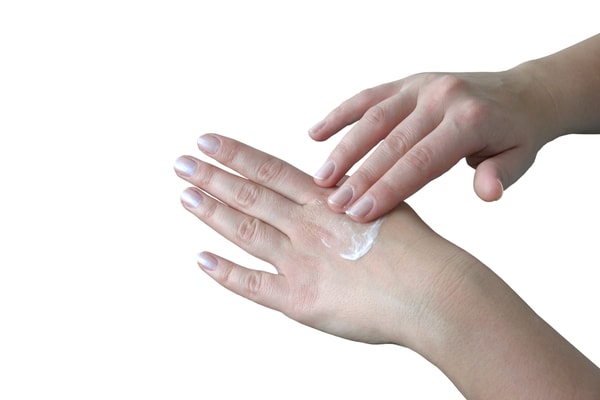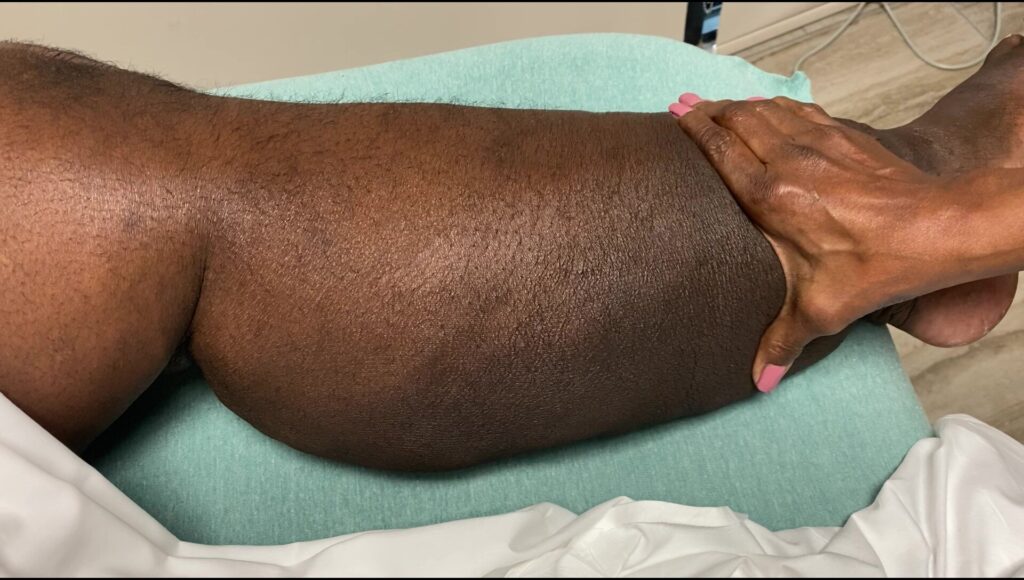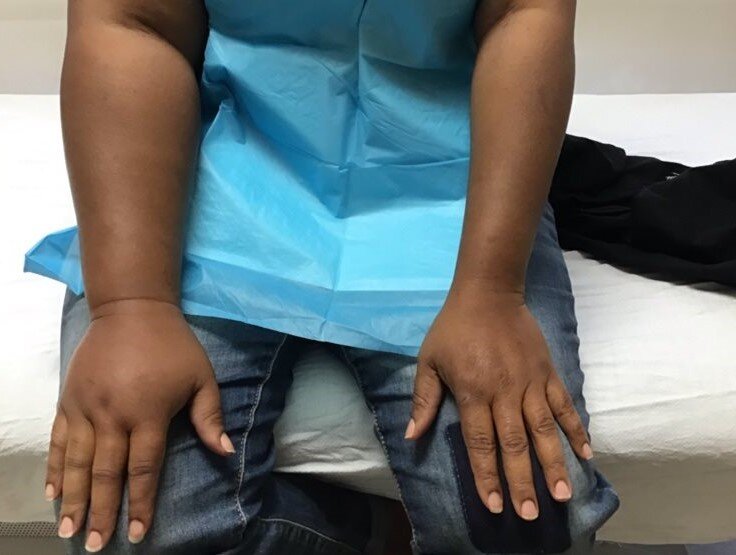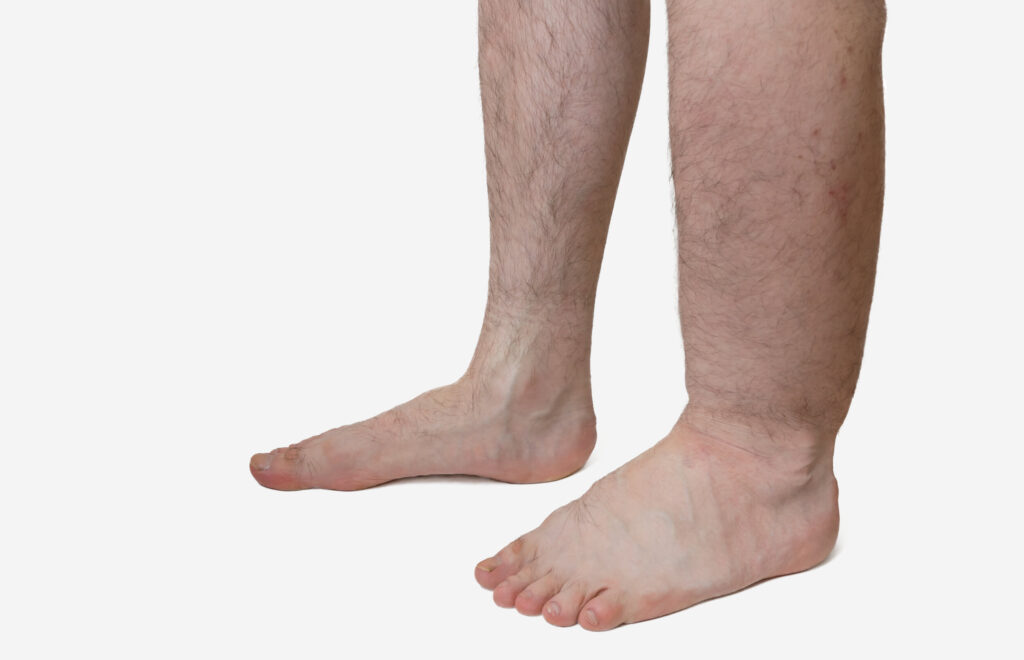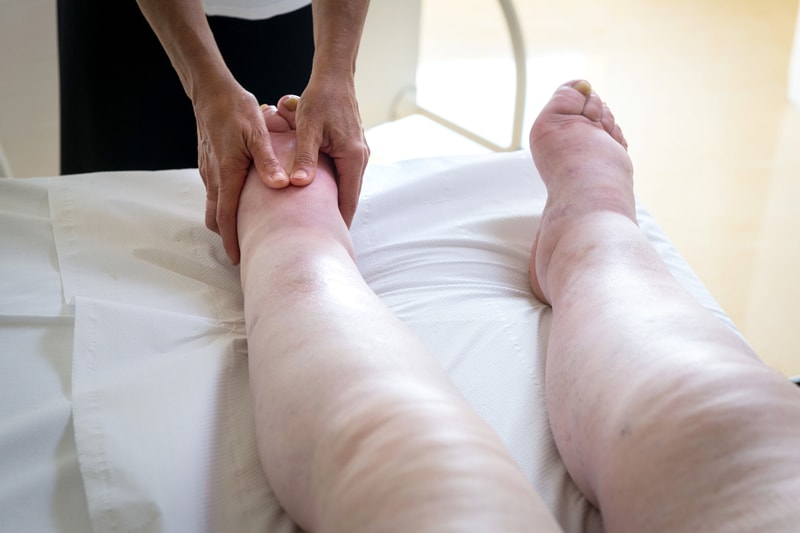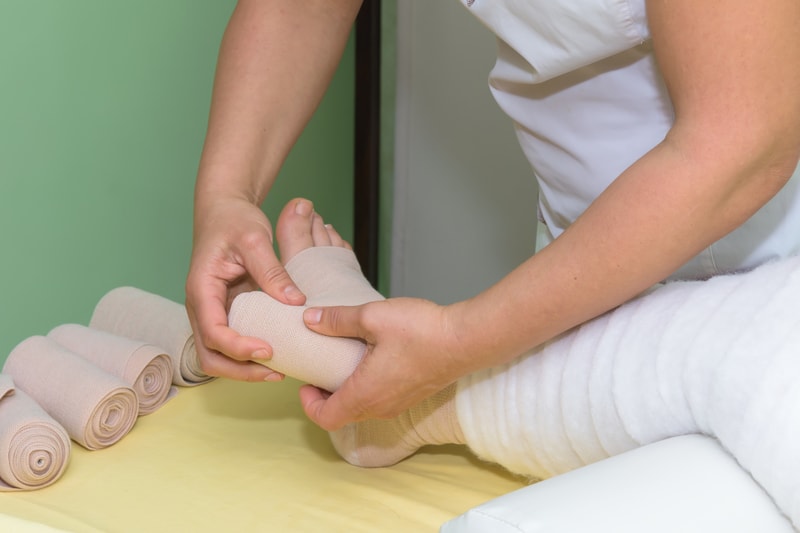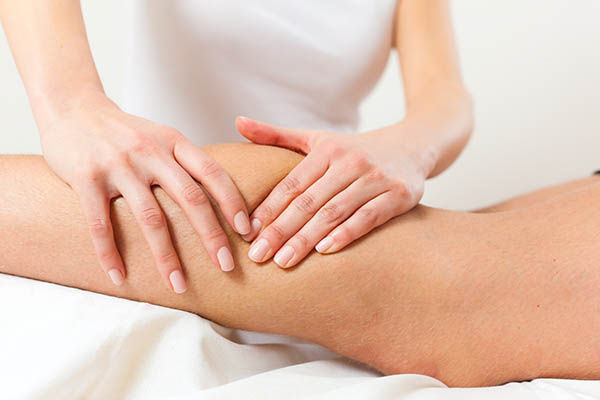Skin Care Tips for Lymphedema Management
Skin Care Tips for Lymphedema Management Skin care is a very important component in Lymphedema management. People with Lymphedema can experience many changes in their skin. Many people with Lymphedema experience a ‘hardening’ of the skin where it becomes stiff and often dry. To help avoid skin problems due to Lymphedema, it is important to follow some general skin care rules and create your own daily skin care routine. Here are some tips and tricks to follow to keep your skin healthy in spite of Lymphedema– Skin Care Routine Be sure to keep a close eye on the way your skin looks & feels in the affected area. Cleanse the skin and moisturize on a daily basis. (Using a moisturizer such as Eucerin or Aquaphor is highly recommended for many skin types) Moisturizer will help preserve the integrity of the skin and hence, help to avoid infection. General Skin Care Tips People with Lymphedema must be particularly careful to avoid a puncture, bite or scratch of any type in their affected area as this can result in a flare up of their Lymphedema. This includes insect bites, cuts, knicks, scratches and injections of any kind. To help avoid these circumstances, take extra precautions such as wearing gloves while cutting, wearing protection to shield the area from insect bites, be extra careful when using razors or other sharp objects. Similarly, be very careful to avoid a sunburn– this can also result in a flare up of your Lymphedema. Always use generous UV protection. Another recommendation is to avoid taking hot baths or applying anything with extreme heat to the affected area or side of the body. Nail Care Proper nail care is critical to avoid infection in the hands and feet. It is very important to never cut the cuticles of your fingernails or toenails as this can facilitate an infection. While it is important to have healthy nails, if you get a manicure or pedicure you must be extra careful that all tools have been properly sanitized and that the manicurist pushes the cuticle instead of trims the cuticle. It is also recommended to use clippers and not scissors to cut the nails to avoid a nick or cut. If you live by these Skin Care tips, you should be off to a great start with your Lymphedema management. If you’re interested in learning more about Nutrition & Lymphedema, click here.
Skin Care Tips for Lymphedema Management Read More »

